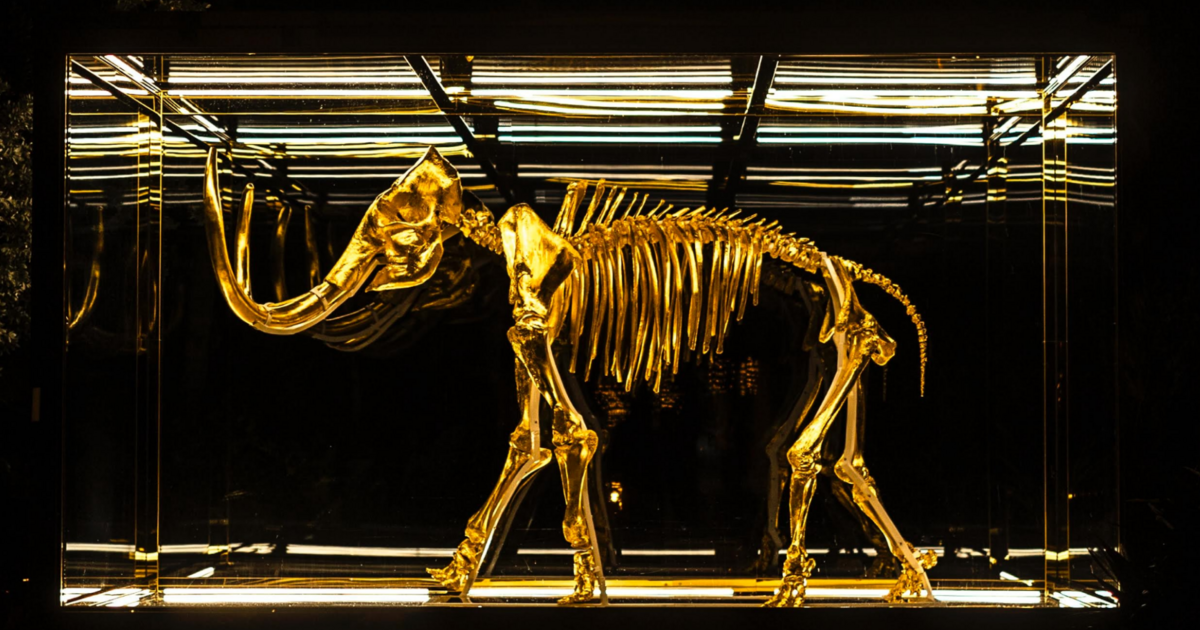Recherches récentes
Options de recherche

Administré par :
Statistiques du serveur :
580comptes actifs
mastouille.fr: À propos · Annuaire des profils · Politique de confidentialité
Mastodon: À propos · Télécharger l’application · Raccourcis clavier · Voir le code source · v4.3.4
#MaterialCulture
La question des baleines échouées est aussi extrêmement sensorielle, et pas seulement visuellement :
#histart #MaterialCulture #histsmells
https://publicdomainreview.org/essay/picturing-scent/
Demain, 17h en ligne, une conférence alléchante du toujours fascinant CESMR sur l'usage d'animaux dans la materia medica de la Renaissance italienne.
https://csmbr.fondazionecomel.org/events/online-lectures/animals-recipes/
#animhist #histmed #histsci #MaterialCulture
"Between 1741 and 1760, when a baby was left at London’s Foundling Hospital, the staff encouraged the mother to provide some token that could be used as an identifying record — a note, a letter, or some other small object. Usually a piece of fabric was provided (...)
Today these pieces of fabric form the largest collection of everyday textiles surviving in Britain from the 18th century."
https://www.futilitycloset.com/2025/03/12/memento-2/ #MaterialCulture #histchidren
#CfP Material Matters: Powerful Objects in Medical Museums and Collections,
Biannual Conference of the International Association of Medical Museums and Collections
10–13 September 2025 Ingolstadt
Deadline: 28th February
http://histoiresante.blogspot.com/2025/02/material-matters.html?m=1
#histsci #histcoll #histmed #Agenda #MaterialCulture #anatomy
Mastodon est le meilleur moyen de suivre ce qui se passe.
Suivez n'importe qui à travers le fédivers et affichez tout dans un ordre chronologique. Ni algorithmes, ni publicités, ni appâts à clics en perspective.
Créer un compteSe connecter